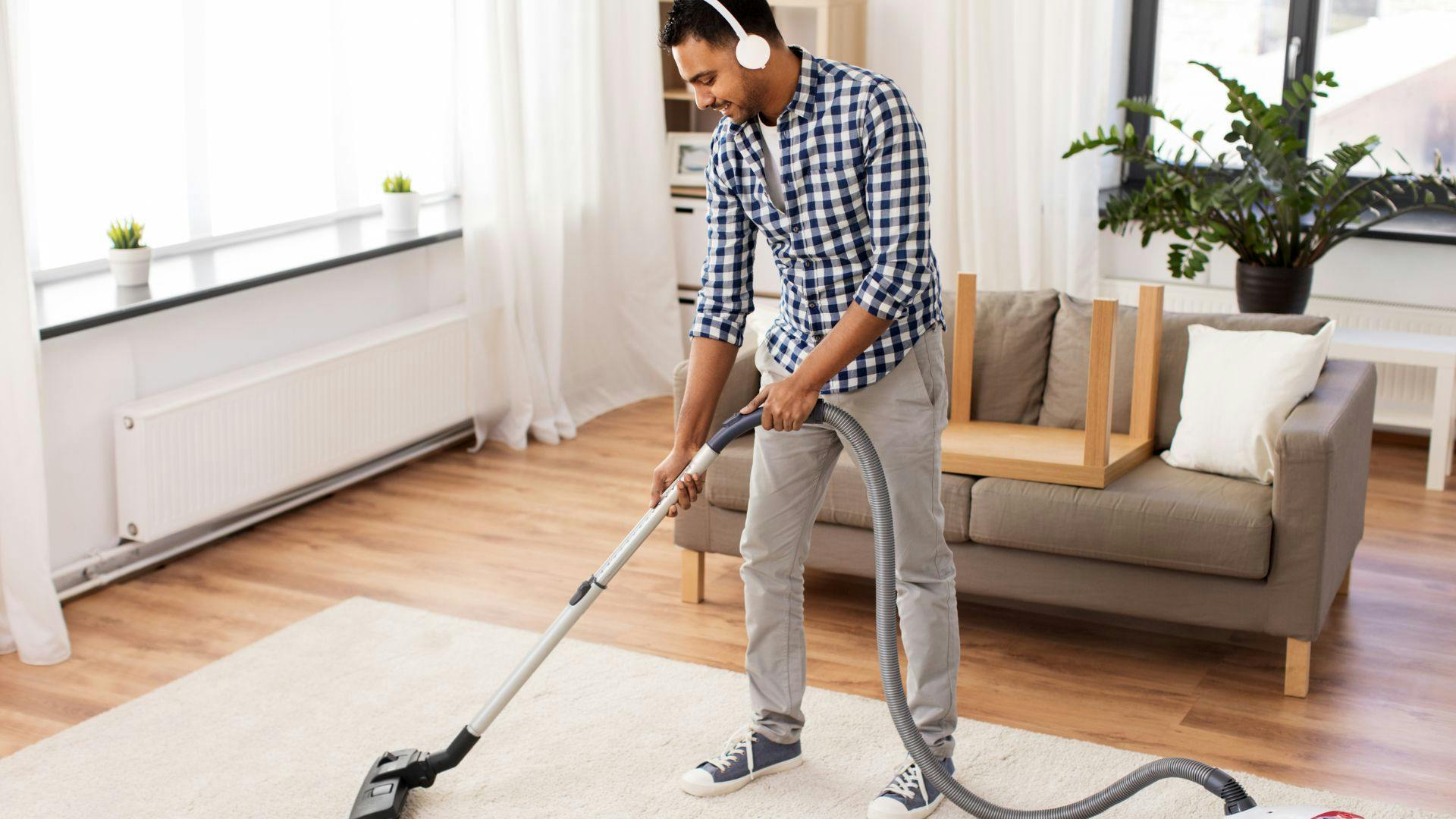Tips On How to Master Everyday Cleaning: Tips for Effective Defrosted and Cleaned Every Few Months and Decluttering
Understanding the Requirement for Completely Sanitizing and Sanitizing Frequently Touched Surface Areas in High-Traffic Locations
In the realm of public health and safety, the meticulous sanitation and sanitization of regularly touched surface areas in high-traffic areas stand as critical steps in stopping the spread of damaging microorganisms. By exploring the various elements of surface area disinfection, from the risks associated with disregarding cleansing procedures to the efficient techniques that can be utilized, a clearer understanding emerges of the crucial function these methods play in guarding public health and wellness.
Value of Surface Sanitation
Highlighting the extensive disinfection of high-traffic surface areas is important in maintaining a hygienic environment and preventing the spread of unsafe microorganisms. High-touch surfaces such as door manages, light switches, lift buttons, and kitchen counters function as breeding premises for infections and germs. Normal disinfection of these surfaces is necessary to reduce the risk of contamination and transmission of illnesses.
By executing a durable sanitation method, businesses and establishments can produce a more secure setting for clients, employees, and site visitors. Appropriate surface area disinfection not just mitigates the spread of infectious diseases yet additionally infuses confidence in the cleanliness and safety and security of the premises. This aggressive technique demonstrates a dedication to health and wellness and wellness, which is especially essential in high-traffic areas where the probability of direct exposure to pathogens is increased.
In addition, surface area disinfection plays an important function in total infection control methods. Incorporated with hand hygiene practices, wearing masks, and preserving physical distancing, thorough disinfection of high-touch surfaces forms a thorough defense versus the transmission of unsafe microbes. Prioritizing surface disinfection is an important part of a holistic approach to wellness and safety and security in shared rooms.
Threats of Disregarding Cleansing Practices
Ignoring thorough disinfection of high-traffic surfaces dramatically heightens the risk of microbial and viral contamination, presenting a significant risk to the wellness and safety of people frequenting these rooms. Failure to execute appropriate cleaning methods can cause the buildup and spread of dangerous virus, consisting of germs and infections, on frequently touched surface areas such as doorknobs, hand rails, elevator switches, and kitchen counters.

Furthermore, neglecting the value of thorough cleansing not just compromises the well-being of people but likewise undermines efforts to preserve a hygienic and clean setting. It is important to acknowledge the value of correct sanitation protocols in avoiding the spread of infections and securing public wellness.
Efficient Disinfection Methods
To keep optimum tidiness and minimize the danger of contamination on high-traffic surface areas, using efficient disinfection methods is vital. One of the most effective and typical disinfection techniques is utilizing chemical anti-bacterials.
An additional reliable method is using UV-C light. UV-C light has actually been revealed to be efficient in eliminating a vast array of bacteria by interrupting their DNA framework, hence preventing them from replicating. However, it is necessary to make use of UV-C light correctly, making certain that blog the proper intensity and exposure time are related to attain the wanted disinfection results.
Additionally, employing steam cleaning as a disinfection method can be extremely efficient, particularly on surfaces that are heat-resistant. Heavy steam can penetrate porous surfaces and eliminate microorganisms, viruses, and other pathogens properly. When making use of steam cleansing, it is necessary to ensure that the surface gets to the needed temperature for an adequate quantity of time to guarantee appropriate sanitation.
Effect On Public Health
The maintenance of high standards of tidiness and sanitation on high-traffic surfaces plays an important duty in safeguarding public health. Regularly touched surface areas in areas with high step, such as doorknobs, handrails, lift buttons, and washroom centers, function as breeding premises for unsafe microorganisms. Failing to adequately decontaminate these surface areas can cause the rapid spread of transmittable illness within areas. By carrying out thorough disinfection protocols, the threat of transmission of infections, germs, and various other germs can be substantially minimized.
In high-traffic areas like airport terminals, colleges, hospitals, and public transport systems, the impact of rigorous disinfection procedures can not be downplayed. Prioritizing the sanitization of frequently touched surfaces is a positive method to promoting public health and wellness and enhancing the safety and security of individuals in shared areas.
Carrying Out Normal Cleaning Procedures
Immediately instituting and sticking to a regular timetable of cleaning methods is paramount for maintaining the sanitation and security of high-traffic surfaces. Routine cleaning procedures are necessary in preventing the accumulation of bacteria and microorganisms on frequently touched surface areas, especially in locations with high foot traffic. By carrying out a methodical strategy to cleansing, companies can efficiently lower the threat of disease transmission and create a much healthier environment for employees, clients, and the general public.
To develop a reliable cleansing timetable, it is essential to determine high-traffic locations that require frequent attention. These locations might consist of doorknobs, handrails, elevator switches, toilet facilities, and common tools. Implementing a regular cleaning program that targets these surfaces numerous times a anonymous day can dramatically lower the spread of damaging microorganisms and viruses.
Moreover, utilizing suitable cleaner and anti-bacterials is crucial to making certain that surface areas are thoroughly disinfected. Routine training of cleansing team on appropriate cleaning strategies and the value of adherence to the cleansing routine is also vital in preserving a sanitary setting. By prioritizing constant cleaning procedures, companies can promote the wellness and well-being of individuals that interact with these high-traffic surface areas.

Verdict
In final thought, it is important to focus on extensive sanitation and sanitization of frequently touched surface areas in high-traffic areas to avoid the spread of harmful microorganisms and keep public health and wellness. Ignoring appropriate cleansing methods can raise the threat of contamination and transmission of conditions. By executing routine cleaning protocols and using effective sanitation methods, we can create a see this here much safer setting for everyone (defrosted and cleaned every few months). It is necessary to recognize the significance of preserving tidy surface areas in high-traffic areas to guarantee the well-being of the community.
In the world of public health and wellness and safety and security, the meticulous disinfection and sanitization of often touched surfaces in high-traffic locations stand as vital actions in avoiding the spread of unsafe microorganisms. By checking out the various aspects of surface area sanitation, from the risks connected with disregarding cleansing procedures to the effective techniques that can be employed, a more clear understanding arises of the crucial duty these methods play in safeguarding public health and wellness.In addition, using vapor cleansing as a sanitation technique can be extremely efficient, especially on surface areas that are heat-resistant. When using steam cleaning, it is vital to make certain that the surface gets to the called for temperature for an enough amount of time to ensure correct sanitation.
In conclusion, it is vital to focus on thorough disinfection and sanitization of frequently touched surface areas in high-traffic areas to avoid the spread of damaging microorganisms and maintain public health and wellness.